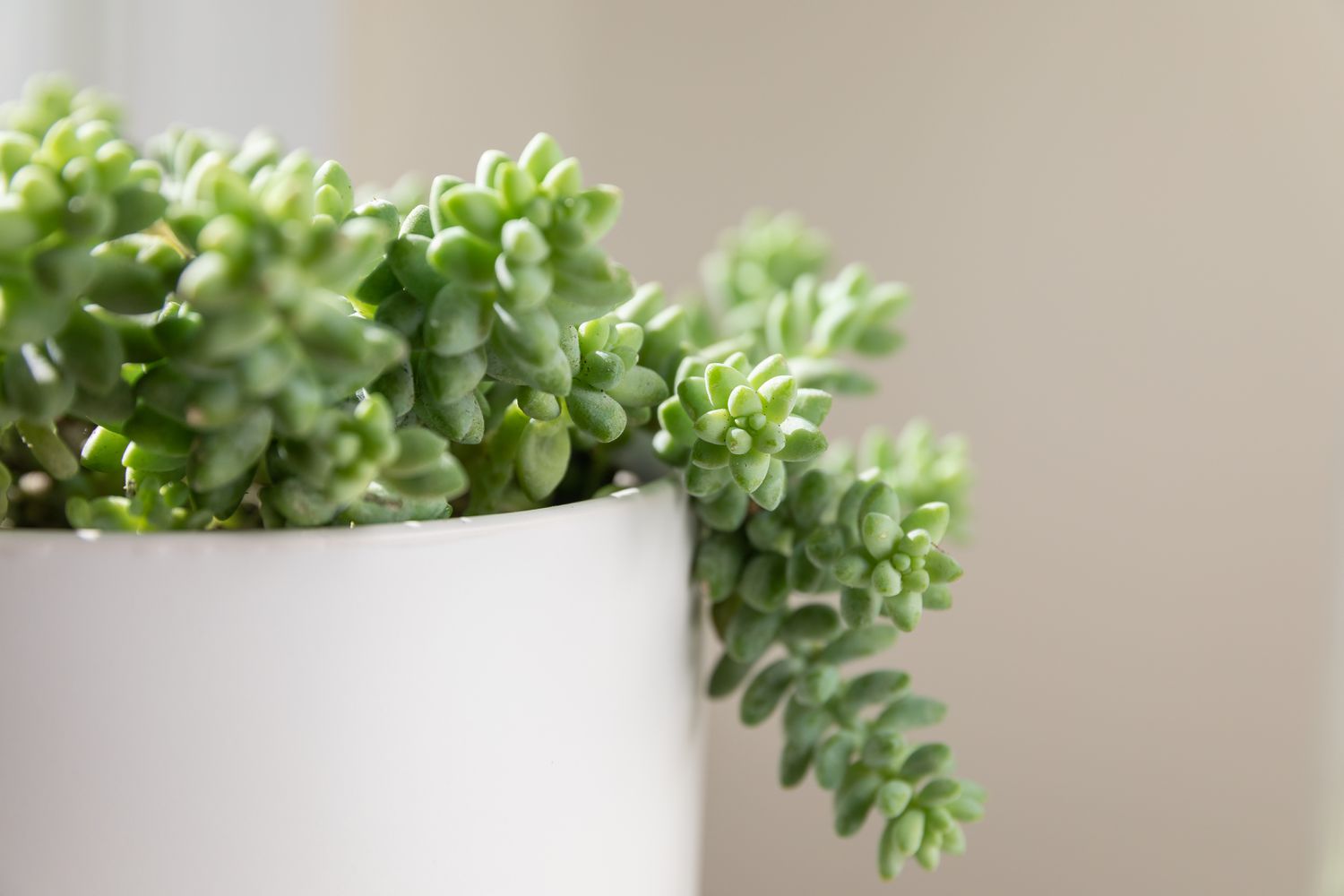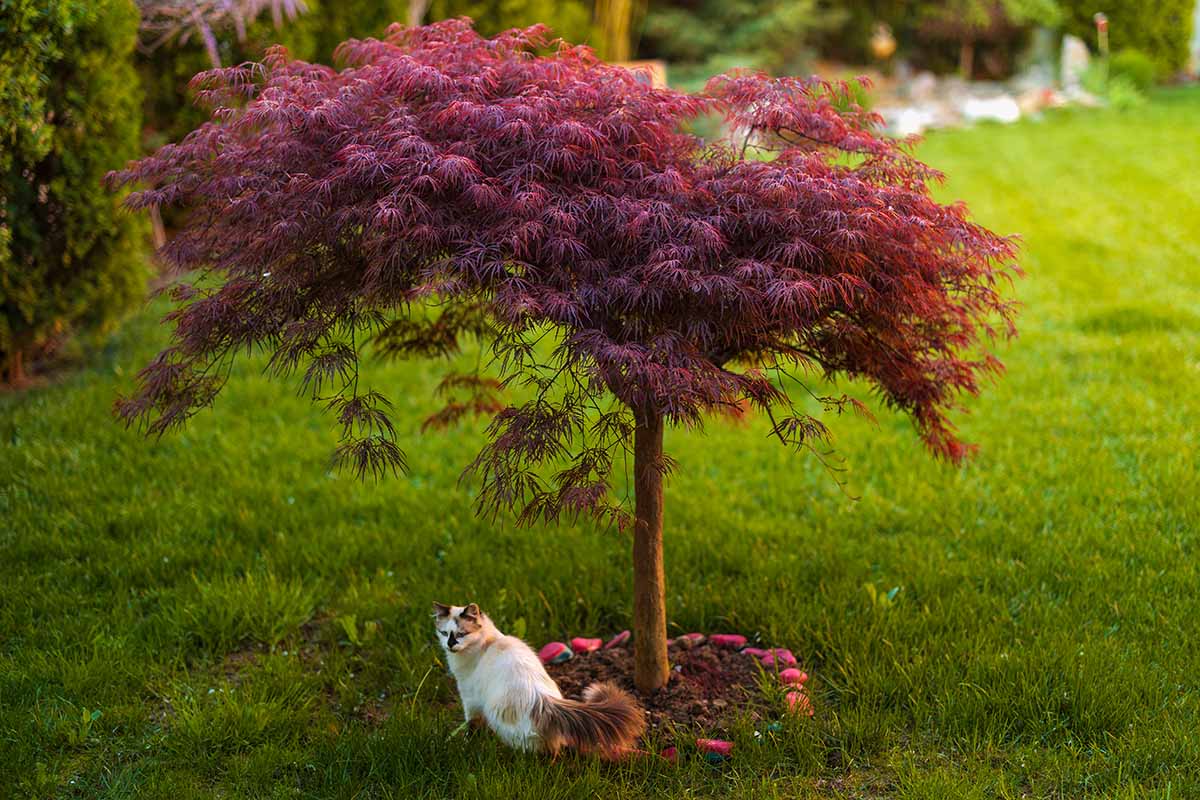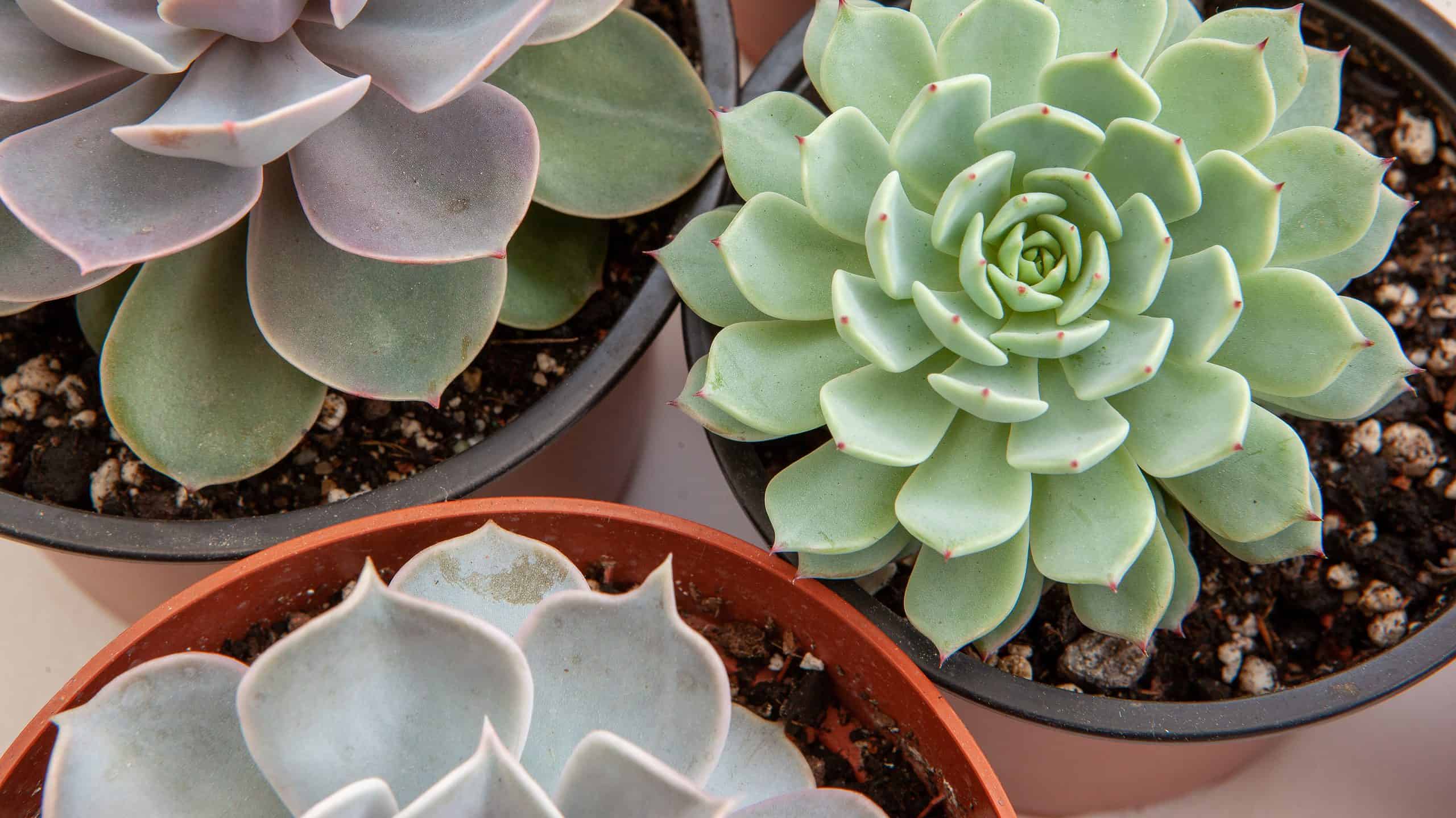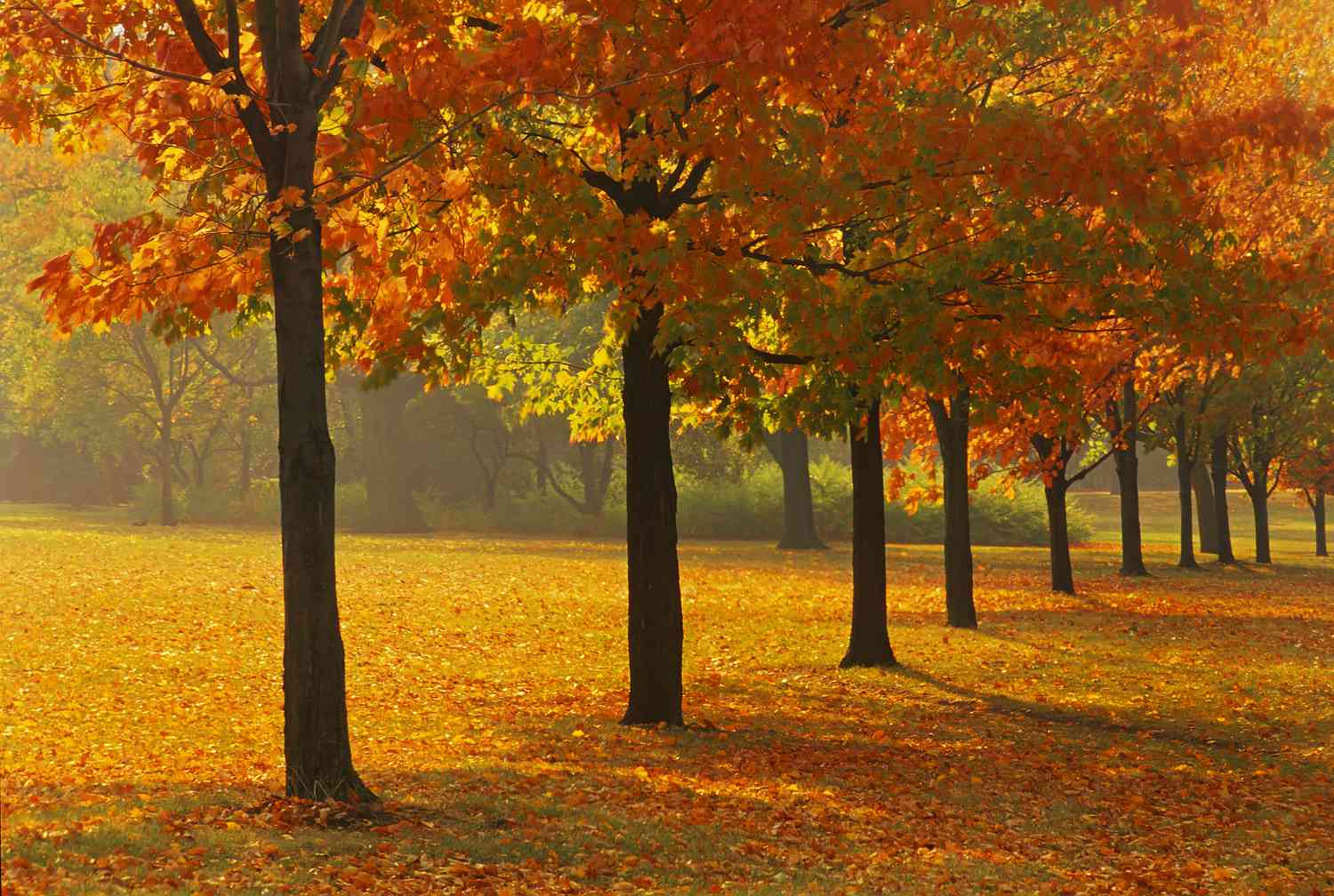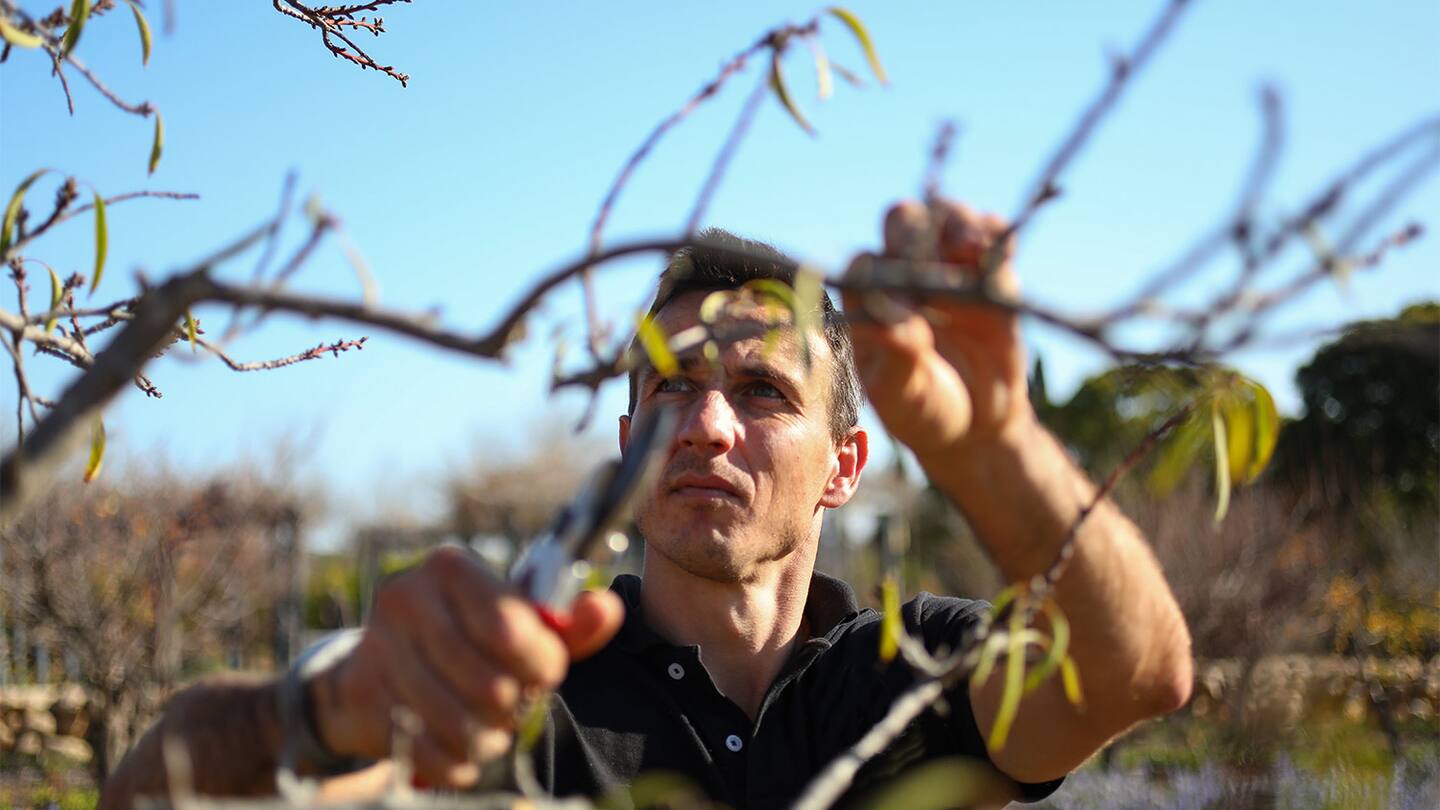Home>Gardening Techniques>Plant Care>How Fast Do Red Maple Trees Grow
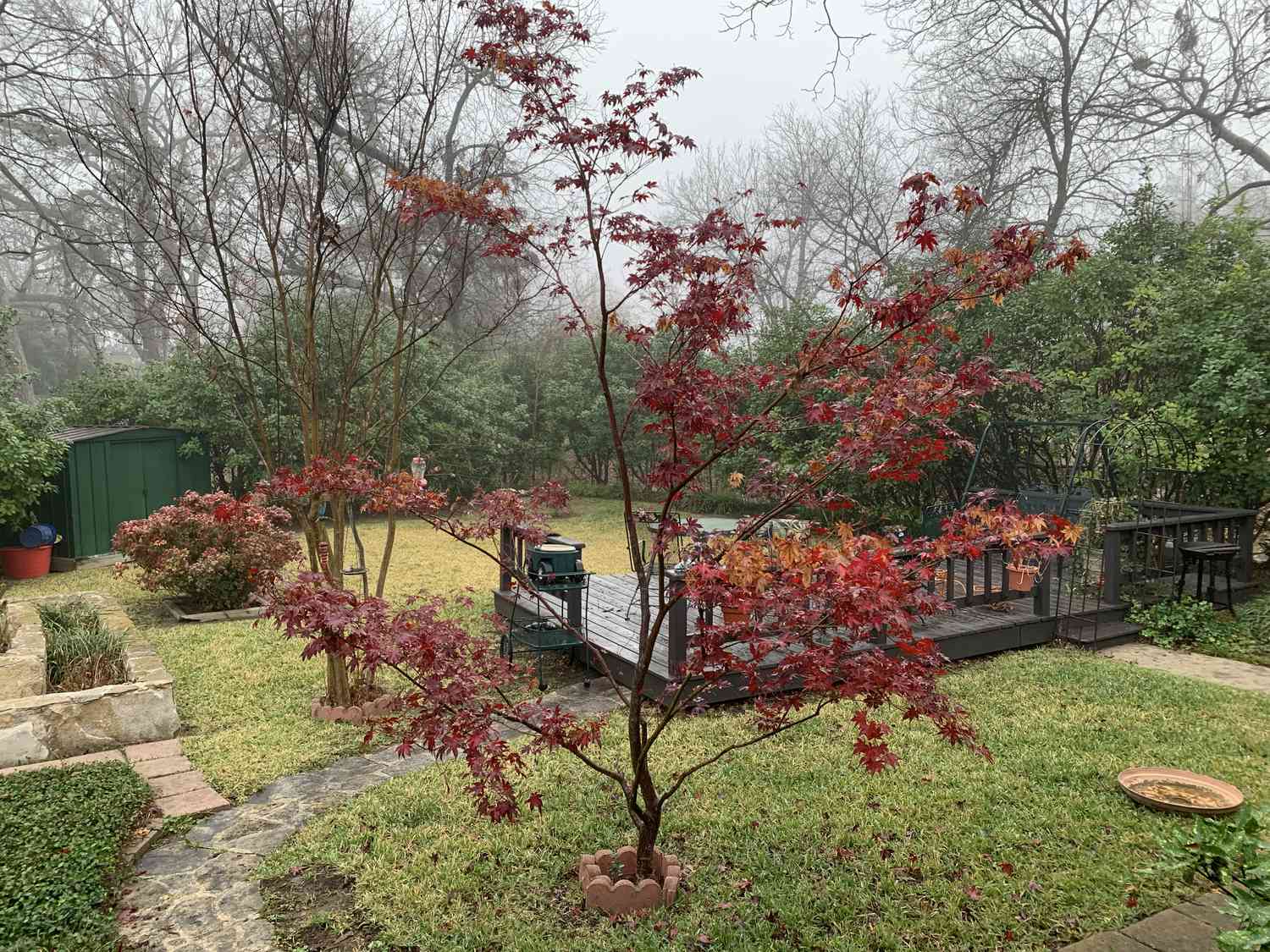

Plant Care
How Fast Do Red Maple Trees Grow
Modified: February 6, 2024
Discover the growth rate of red maple trees and learn plant care tips to ensure their healthy development.
(Many of the links in this article redirect to a specific reviewed product. Your purchase of these products through affiliate links helps to generate commission for Chicagolandgardening.com, at no extra cost. Learn more)
Table of Contents
Introduction
Welcome to the world of red maple trees, where beauty meets resilience. Red maples, scientifically known as Acer rubrum, are deciduous trees native to North America. They are highly admired for their stunning red foliage in the fall, making them a popular choice for landscaping.
In addition to their aesthetic appeal, red maples are known for their adaptability and fast growth rate. Whether you’re a seasoned gardener or a plant enthusiast venturing into the world of tree care, understanding the growth habits of red maples is paramount to their overall health and vitality.
In this article, we will delve into the factors that affect the growth rate of red maple trees, the specific climate, soil, watering, and sunlight requirements they thrive in, as well as the importance of proper pruning and care. We will also explore the average height and spread of red maples, and highlight some notable varieties to choose from.
So, whether you plan to plant a red maple tree in your backyard or simply want to expand your knowledge of plant care, this article will serve as your comprehensive guide to understanding how fast red maples grow and how to ensure their optimal growth and development. Let’s dive in!
Factors Affecting Growth Rate
The growth rate of red maple trees can be influenced by various factors that determine their overall health and vigor. Understanding these factors is crucial in providing the optimal conditions for your red maple to thrive.
1. Genetics: Different varieties of red maples have varying growth rates. Some cultivars, such as the ‘October Glory’ or ‘Red Sunset’ varieties, are known for their fast growth, while others may have a slower growth rate.
2. Age: Young red maples tend to grow faster than older, more established trees. It’s important to note that growth rates may slow down as the tree reaches maturity.
3. Available Resources: The availability of essential resources like water, sunlight, and nutrients greatly impacts the growth rate of red maples. A well-watered and nourished tree will grow faster than one that is lacking these vital resources. Ensure your red maple receives adequate water and is planted in nutrient-rich soil.
4. Competition: Red maples, like other plants, compete for resources with nearby trees and plants. If your red maple is surrounded by dense vegetation or competing for nutrients with other nearby plants, its growth rate may be hindered. Ensure that your tree has enough space to grow freely and receive ample resources.
5. Climate: Red maple trees are adaptable to a wide range of climates and can grow in USDA hardiness zones 3 to 9. However, they tend to grow faster in regions with mild to moderate temperatures and consistent rainfall. Extreme temperatures or prolonged periods of drought may slow down their growth rate.
With these factors in mind, you can create the ideal conditions for your red maple tree to flourish and reach its full potential. Providing the necessary resources and ensuring a suitable environment will promote healthy growth and longevity for your red maple.
Climate Requirements
Red maple trees are known for their adaptability and ability to thrive in a wide range of climates. However, they have specific preferences when it comes to temperature and moisture levels that can affect their growth rate. Understanding these climate requirements will help you provide the best environment for your red maple tree.
Temperature: Red maples are native to North America and can grow in USDA hardiness zones 3 to 9. They are well-suited to regions with mild to moderate temperatures. Ideally, they prefer an average annual temperature between 50°F (10°C) and 70°F (21°C). Extreme heat or cold can impact their growth rate, so it’s important to choose a location that offers moderate temperatures.
Moisture: Red maple trees thrive in areas with consistent rainfall or access to irrigation. They require moist soil to support their growth. Ideally, they prefer well-draining soil that retains moisture but is not waterlogged. Proper watering is essential, especially during dry periods, to ensure the tree receives adequate moisture for optimal growth.
While red maples can tolerate drought conditions, prolonged periods of drought can slow down their growth rate and make them more susceptible to pests and diseases. Regularly check the moisture level in the soil and adjust your watering schedule accordingly to avoid both over-watering and under-watering.
Additionally, establishing a layer of organic mulch around the base of the tree can help retain soil moisture, regulate soil temperature, and inhibit weed growth. Apply a thick layer of mulch, about 2-4 inches, ensuring that it does not touch the trunk of the tree directly.
By providing the right temperature range and ensuring proper moisture levels, you can create an ideal climate for your red maple tree to thrive and grow at its optimal rate.
Soil Requirements
The type and quality of soil play a crucial role in the growth and development of red maple trees. Red maples prefer specific soil conditions that provide adequate drainage, fertility, and the right balance of nutrients. Understanding these soil requirements will help ensure the health and vigor of your red maple.
Drainage: Red maples thrive in soil that is well-drained. They do not tolerate waterlogged or overly compacted soil, as it can lead to root rot and hinder their growth. To improve drainage, ensure that the soil is loose and friable. If you have heavy clay soil, amending it with organic matter, such as compost or well-rotted manure, can help improve drainage and create a more favorable growing environment for your red maple.
Fertility: Red maples prefer fertile soil that is rich in organic matter. Organic matter helps retain moisture, improves soil structure, and provides essential nutrients. Before planting your red maple, amend the soil with compost or well-rotted organic matter to boost fertility. This will provide a nutrient-rich environment that promotes healthy growth.
pH Level: Red maples prefer slightly acidic to neutral soil, with a pH range between 5.5 and 7.0. Testing the soil pH can help you determine if any adjustments are necessary. If your soil is too acidic, adding lime can raise the pH level. Conversely, if the soil is too alkaline, you can lower the pH by adding elemental sulfur. Maintaining the proper pH level will ensure that your red maple can efficiently absorb essential nutrients from the soil.
Nutrient Balance: Red maples require a balance of essential nutrients for healthy growth. The most critical nutrients for red maples are nitrogen (N), phosphorus (P), and potassium (K). Before planting, consider performing a soil test to determine the nutrient levels in your soil. Based on the results, you can add fertilizers or soil amendments to correct any deficiencies and provide the necessary nutrients for your red maple tree.
Proper soil preparation is essential for establishing a strong foundation for your red maple. Ensure that the soil provides adequate drainage, fertility, and the right nutrient balance to support the growth and development of your tree.
Watering Needs
Watering is a critical aspect of plant care, and red maple trees have specific watering needs to support their growth and ensure their overall health. Understanding the watering requirements of red maples will help you provide the right amount of moisture for optimal growth.
Young red maple trees require regular watering to establish healthy root systems. During the first year after planting, it is essential to keep the soil consistently moist. Provide deep, thorough waterings, ensuring that the water penetrates the root zone. This encourages the roots to grow deeper into the soil. To determine if your red maple needs watering, check the soil moisture level by inserting your finger into the soil about an inch deep. If it feels dry, it’s time to water.
As the tree matures, it becomes more drought-tolerant but still benefits from regular watering during dry spells. Red maples prefer moist soil but not waterlogged conditions. Over-watering can lead to root rot and other water-related issues. Aim to provide about 1 inch of water per week, either through rainfall or irrigation, during periods of little to no rainfall.
When watering, it’s important to soak the entire root zone, which extends beyond the canopy of the tree. Use a slow, deep watering method to ensure the water reaches the deeper roots. Applying mulch around the base of the tree helps retain moisture in the soil and reduces evaporation.
Monitoring the weather conditions and adapting your watering schedule accordingly is essential. During hot, dry periods, or in sandy soil that drains quickly, you may need to water more frequently. Conversely, during periods of heavy rainfall, you may need to adjust your watering schedule to prevent over-watering.
By providing adequate and consistent moisture without over-watering, you can ensure that your red maple tree has the necessary hydration to support its growth and development.
Sunlight Requirements
Sunlight is an essential factor in the growth and development of red maple trees. While they can tolerate a range of lighting conditions, providing the right amount of sunlight will promote their overall health and vigor.
Red maples thrive in full sun to partial shade conditions. Full sun refers to a location that receives at least 6 hours of direct sunlight per day. In these conditions, red maples grow vigorously and develop their prized red foliage in the fall. However, they can also tolerate partial shade, where they receive filtered sunlight or dappled shade throughout the day.
If you are planting a red maple tree, choose a location that receives ample sunlight for optimal growth. Avoid planting it in areas that are constantly shaded or where the tree will be competing with taller trees for sunlight.
On the other hand, if you already have a red maple tree in your garden and notice that it is receiving excessive sunlight, you may need to provide some shade during the hottest part of the day, particularly in regions with scorching summers. This can be achieved by planting companion plants or using shading materials to protect the tree from direct sunlight.
It’s important to note that the amount of sunlight a red maple tree receives can affect its growth rate. Trees that receive more sunlight tend to grow faster and have denser foliage, while those in more shaded areas may grow more slowly and have sparse foliage. Therefore, understanding the lighting conditions and providing the appropriate amount of sunlight will help your red maple thrive.
By ensuring that your red maple tree receives the right balance of sunlight, you can promote healthy growth and vibrant foliage, creating a striking focal point in your landscape.
Pruning and Care
Proper pruning and care practices are essential for maintaining the health, shape, and overall appearance of red maple trees. Regular pruning not only enhances the tree’s aesthetic appeal but also promotes growth and reduces the risk of disease and pest infestations. Here are some key tips for pruning and caring for your red maple:
1. Prune during the dormant season: It is best to prune red maple trees during their dormant season, typically in late winter or early spring before new growth emerges. This allows the tree to recover and heal quickly.
2. Remove dead, damaged, or diseased branches: Start by removing any dead, damaged, or diseased branches. This helps prevent the spread of diseases and creates space for new growth.
3. Thin out overcrowded branches: Red maples often develop dense canopies. Thinning out overcrowded branches allows for increased airflow and light penetration, promoting overall tree health.
4. Maintain a balanced shape: To maintain a balanced shape, selectively prune branches that are crossing or rubbing against each other. Aim for a natural and well-spaced branching structure.
5. Avoid excessive pruning: While pruning is beneficial, avoid excessive or unnecessary pruning as it can stress the tree and disrupt its growth. Avoid topping or severely cutting back the tree, as this can lead to weak regrowth and negatively impact the tree’s overall health.
6. Regularly remove suckers and water sprouts: Keep an eye out for suckers, which are shoots growing from the base of the tree, and water sprouts, which are fast-growing upright shoots. Remove them promptly to maintain a clean trunk and encourage healthy growth.
7. Provide proper care: Along with pruning, providing proper care is essential for red maple trees. Ensure the tree is watered adequately, especially during dry periods, and maintain a layer of mulch around the base of the tree to conserve moisture and suppress weed growth. Regularly inspect the tree for signs of pests or diseases and take appropriate action if necessary.
By following these pruning and care practices, you can ensure the health, vitality, and longevity of your red maple tree, allowing it to thrive in your landscape for years to come.
Growth Rate of Red Maple Trees
Red maple trees are renowned for their fast growth, making them an excellent choice for those looking to establish a visually striking and robust tree in their landscape. However, the growth rate can vary depending on various factors, including the tree’s genetics, age, available resources, competition, and climate.
On average, red maple trees can grow at a rate of 1 to 2 feet per year. This rapid growth allows them to establish themselves quickly and provide ample shade and beauty in a relatively short period. Young red maples tend to grow faster compared to older, more mature trees.
Proper care and optimal growing conditions can enhance the growth rate of red maples. Providing adequate water and moisture, ensuring well-drained and fertile soil, and offering the right amount of sunlight are crucial factors that contribute to their growth and development.
It’s important to note that genetics also play a role in the growth rate of red maple trees. Different cultivars and varieties may have varying growth rates. Some cultivars, such as the ‘October Glory’ or ‘Red Sunset’ varieties, are known for their particularly fast growth.
While red maples are generally fast-growing, it’s essential to avoid over-fertilizing or over-watering, as this can lead to excessive growth that may not be sustainable or healthy for the tree in the long run. Striking the right balance and providing optimal care will help ensure steady and healthy growth.
Regular pruning, especially during the dormant season, can also promote growth by removing dead or diseased branches, allowing for new growth and maintaining a balanced shape. However, excessive or improper pruning can stunt growth and create stress for the tree.
Ultimately, the growth rate of red maple trees can be impressive, but it is influenced by a combination of factors. By understanding these factors and implementing proper care practices, you can foster healthy growth and enjoy the beauty and benefits of these magnificent trees in your landscape.
Average Height and Spread
Red maple trees are known for their impressive size and stature, adding grandeur to any landscape. On average, the height and spread of a red maple tree can vary depending on various factors, including its age, growing conditions, and genetic traits.
Red maples typically have an average height ranging from 40 to 60 feet, with some exceptional specimens reaching heights of up to 90 feet or more. The height of the tree is influenced by its genetics, available resources such as water and nutrients, and the specific climate in which it is planted. Mature trees with optimal growing conditions tend to reach greater heights.
The spread, or width, of a red maple tree can range from 30 to 40 feet, although it can be wider for older and more mature trees. The canopy of a red maple is often rounded or oval-shaped, providing ample shade and beauty to the surrounding area. The spread of the tree is determined by its genetic traits, access to resources such as sunlight and water, and available space for it to grow without competition from other plants.
It’s important to consider these height and spread factors when selecting the planting location for a red maple tree. Ensure that the chosen spot allows sufficient space for the tree to grow and spread its branches without obstruction. Consider its proximity to structures, power lines, and other plants to prevent any potential conflicts or crowding in the future.
It’s worth noting that through regular pruning and proper care, you can help shape the growth of a red maple tree, controlling its height and spread to some extent. Pruning can be done to maintain the desired size and shape, remove dead or damaged branches, and enhance the overall aesthetics of the tree.
By understanding the average height and spread of red maple trees and considering their growth potential, you can make informed decisions when it comes to planting and maintaining these majestic trees in your landscape.
Varieties of Red Maple Trees
Red maple trees (Acer rubrum) are a diverse species, and there are several notable varieties that offer unique characteristics in terms of growth habit, foliage color, and adaptability. Here are a few popular varieties of red maple trees:
1. October Glory: This variety is highly sought after for its stunning fall color. The leaves transition from green to vibrant shades of orange and red, creating a show-stopping display. October Glory red maples are also known for their fast growth and tolerance to different soil conditions.
2. Red Sunset: Red Sunset is another exceptional variety known for its outstanding autumn foliage. The leaves turn a brilliant orange-red color, adding a splash of vibrant hues to the landscape. It is also a fast-growing cultivar with a symmetrical shape.
3. Autumn Blaze®: A cross between a red maple and a silver maple, Autumn Blaze® is widely acclaimed for its fast growth rate and vibrant fall foliage. The leaves turn a radiant mix of orange and red. It is popular for its adaptability to different soil types and resistance to pests and diseases.
4. Brandywine: Brandywine is a variety of red maple known for its excellent tolerance to heat and drought. It boasts beautiful dark green foliage during summer, which transforms into vibrant shades of red in the fall. Brandywine red maples also have a uniform and symmetrical shape.
5. Northwood: Northwood red maple trees offer exceptional cold hardiness, making them suitable for colder regions. They exhibit excellent resistance to winter injury and have a dense, upright growth habit. The fall foliage showcases stunning hues of red, orange, and yellow.
These are just a few examples of the many red maple tree varieties available. Each variety offers its own unique features, such as specific growth habits, fall foliage colors, and adaptability to different climates and soil conditions. When selecting a variety, consider factors such as your climate, soil type, and desired aesthetic qualities to choose the variety that best suits your landscape needs.
By exploring the diverse range of red maple tree varieties and their specific attributes, you can find the perfect choice to enhance the beauty and vibrancy of your outdoor space.
Conclusion
Red maple trees (Acer rubrum) are truly captivating additions to any landscape. With their fast growth, stunning foliage, and adaptability to various climates and soil types, they are a popular choice for homeowners and landscapers alike. Understanding the factors that affect their growth rate, such as genetics, available resources, climate, and proper care practices, is essential in ensuring their optimal development.
By providing red maples with adequate sunlight, well-drained and nutrient-rich soil, regular watering, and proper pruning, you can help them thrive and reach their full potential. Remember to consider their specific climate requirements and choose the right variety for your region to ensure the best chances of success.
Red maple trees offer much more than just their rapid growth and visual appeal. They provide shade, attract wildlife, and contribute to the overall biodiversity of their surroundings. Their vibrant fall foliage adds a burst of color to the landscape and creates a picturesque scene.
Whether you’re planting a red maple tree as a focal point in your garden or incorporating it into a larger landscape design, these majestic trees are sure to make a statement. With proper care and attention, red maples can provide years of beauty and enjoyment.
So, roll up your sleeves, dig your hands into the soil, and embark on the rewarding journey of nurturing a red maple tree. Watch it grow, blossom, and transform with each passing season, enhancing the natural beauty of your outdoor space for generations to come.



